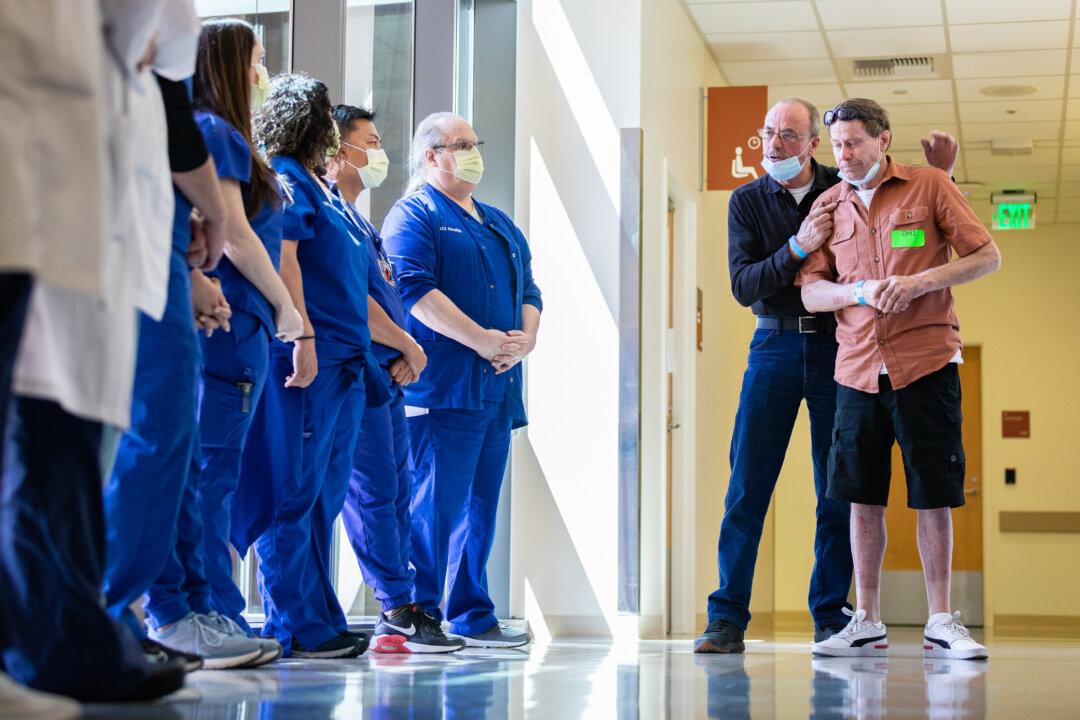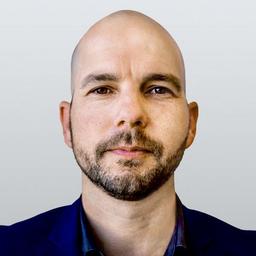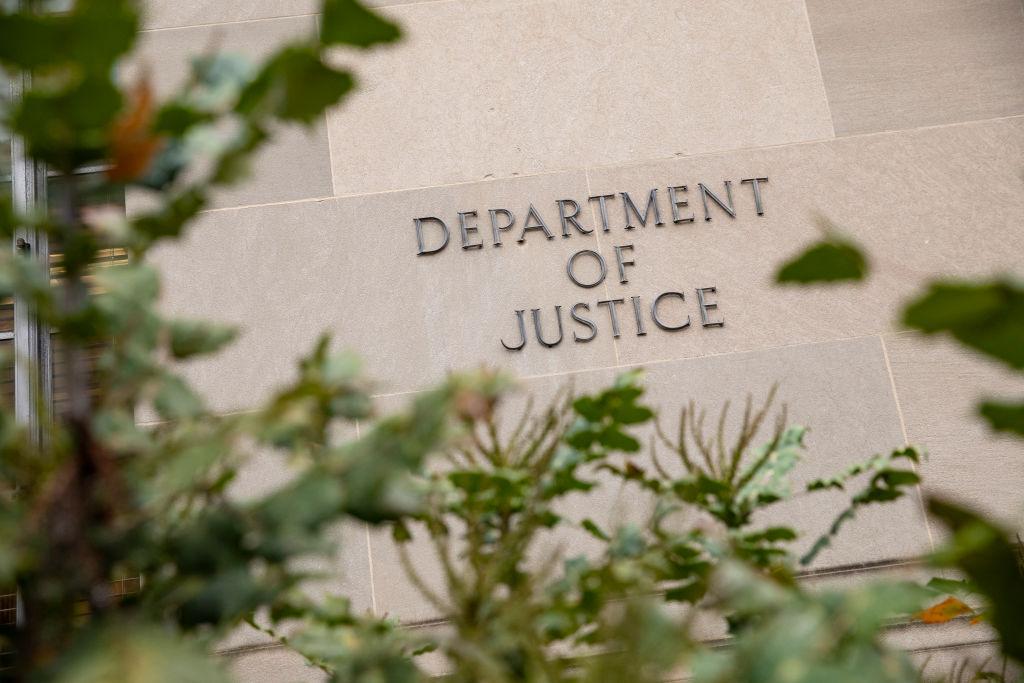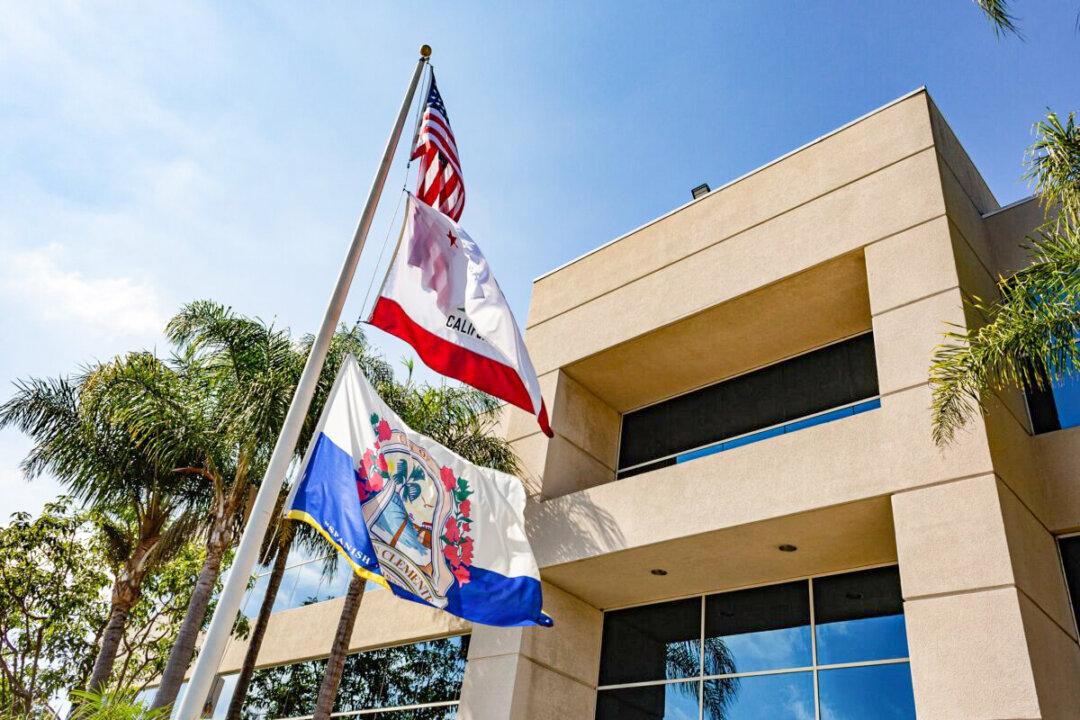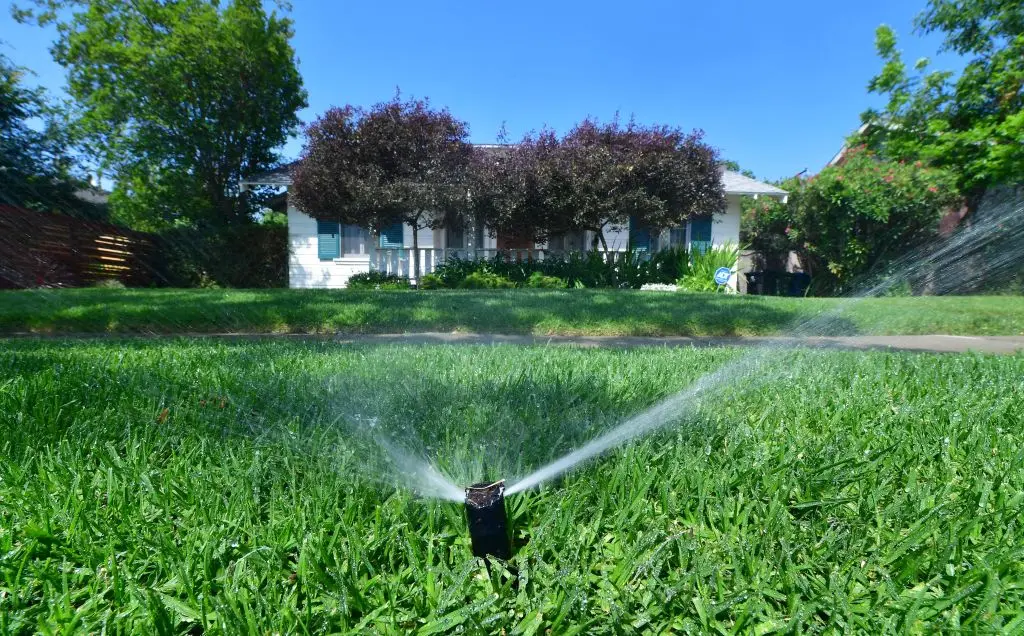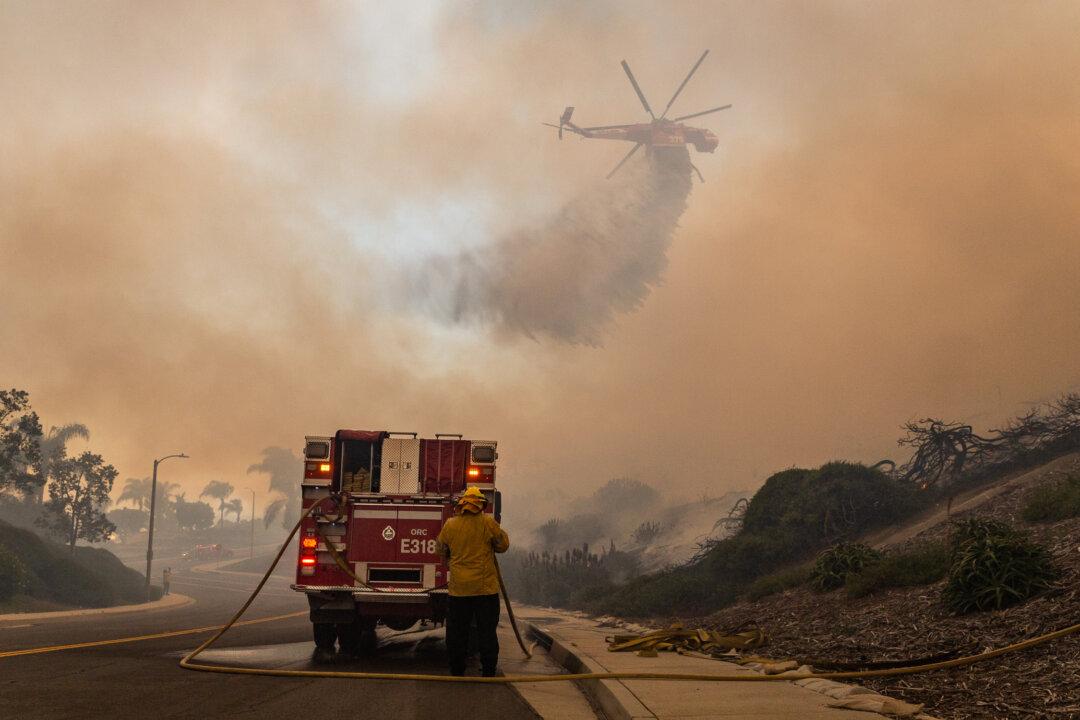ORANGE, Calif.—Inside the Regional Burn Center on the 5th floor at UC–Irvine Medical Center, two lines of doctors, nurses, and hospital staff formed a walkway to celebrate the return of 61-year-old Michael Zimmer—a former patient who they had nursed back to health after a propane tank exploded on him last December.
“I was dead five months ago,” Zimmer told hospital staff.
